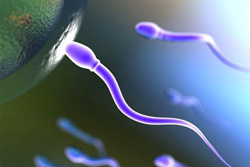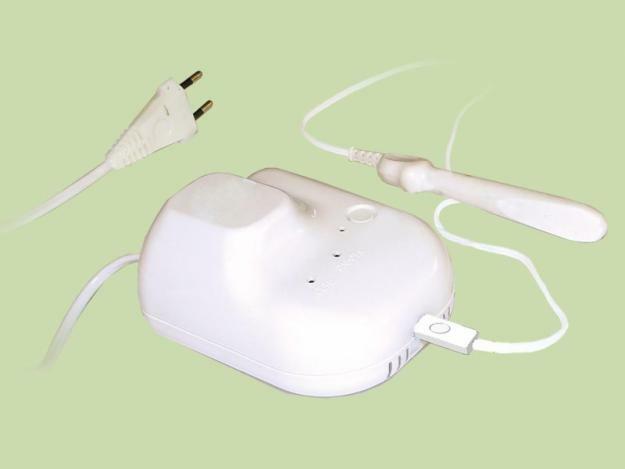Aspermatism - Diagnosis and Treatment
Aspermatism is a condition in which ejaculation does not occur during intercourse. Before proceeding to the treatment of the disease, it is necessary to differentiate the various forms of aspermatism.
Forms aspermia - true and false
true aspermia due not so much a violation of ejaculatory component of many pathologies of sperm formation. In this case, the patient does not develop ejaculate( testicular function) and seminal fluid to be removed during ejaculation. True aspermatism is also called anejaculatory syndrome, which is the cause of male infertility.
Signs of true aspermatism - absence of ejaculate and orgasm. False
aspermia violation caused the functional relationship of the bladder neck and ejaculatory streams or violation urethral patency to an ejaculate, thereby seminal fluid is not able to come out of the urethra, and ejected into the cavity of the bladder( retrograde ejaculation).
absence of ejaculation during normal orgasm( orgasm and ejaculation in men - it's a different process, read more link "multiple orgasms for men") refers to the obstruction of the seminiferous tract or defect reduction of the bladder neck, leading to retrograde ejaculation. Signs
retrograde ejaculation - small number of ejaculate or its complete absence, complete or partial preservation of orgasm, sperm penetration into the urine( urine turbidity after intercourse).
Typical reasons leading to retrograde ejaculation:
- operations on the prostate and bladder neck, pelvic surgery;
- spine trauma;
- aorto-femoral bypass or sympatectomy;
- affection of the nervous system;
- retroperitoneal lymphadenectomy for testicular cancer;
- diabetes mellitus in men;
- diseases of the genitourinary system( prostatitis, vesiculitis, etc.), leading to inflammatory obstruction of the ejaculatory duct;
- administration of some drugs based on alpha-1-adrenoblockers( used for hypertension, migraine).
Diagnostics of aspermism
First of all, the diagnosis is to recognize the true and false form of aspermatism. For this, a set of necessary procedures is carried out.
Inspection and history
diseases At the first stage is carried out a thorough examination of the history of the disease, to identify:
- surgeries;
- of the injured spinal cord injuries, pelvic organs;
- diseases( diabetes mellitus, urination problems, advanced genitourinary diseases);
- sexual disorders at a psychological level.
Laboratory tests:
- Analysis of the secretion of the prostate and seminal vesicles - to identify infectious diseases.
- Urine Microscopy. An analysis of urine taken after sexual intercourse or masturbation is carried out for the presence of spermatozoa in it. The presence of a certain number of spermatozoa in the urine, is a proof of retrograde ejaculation.
Special studies:
- Transrectal uzi. Used to detect anomaly of seminal vesicles, aplasia, ectasia of the vas deferens.
- Radiocontrast studies of the patency of the vas deferens.
Treatment of aspermatism
Medication:
- alpha-adrenomimetics( used to increase the tone of the neck of the bladder);
- alpha-lipoic acid( used for diabetic polyneuropathy);
- other medications, depending on the cause of the disease.
Surgical treatment - is applied in violation of patency of the seminiferous ducts
. Sources used:
- S.Yu. Kalinchenko, I.A.Tyuzikov "Practical Andrology."
- Other sources.
Recommended for viewing:



